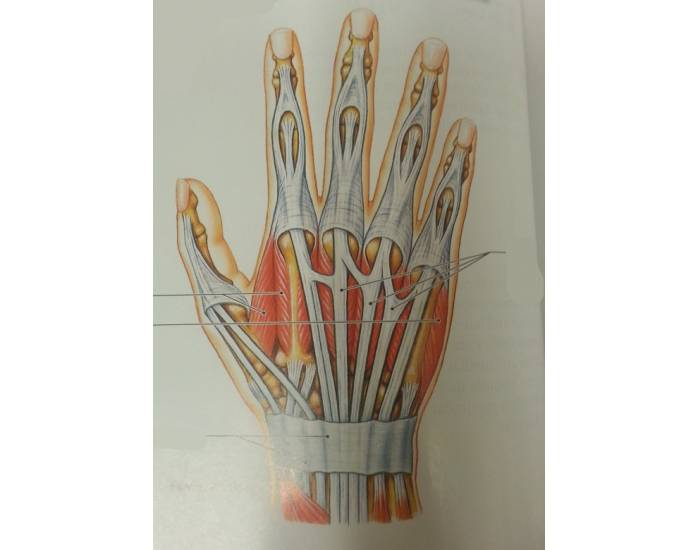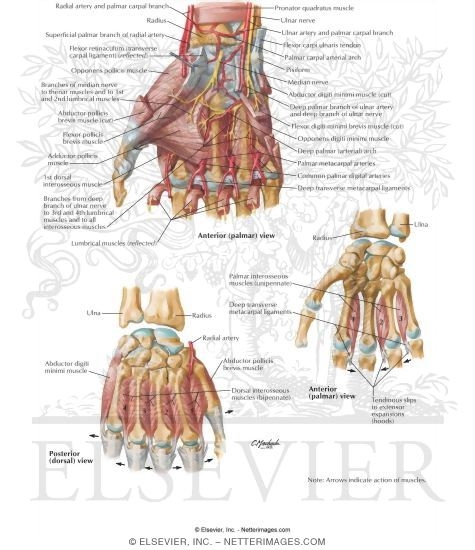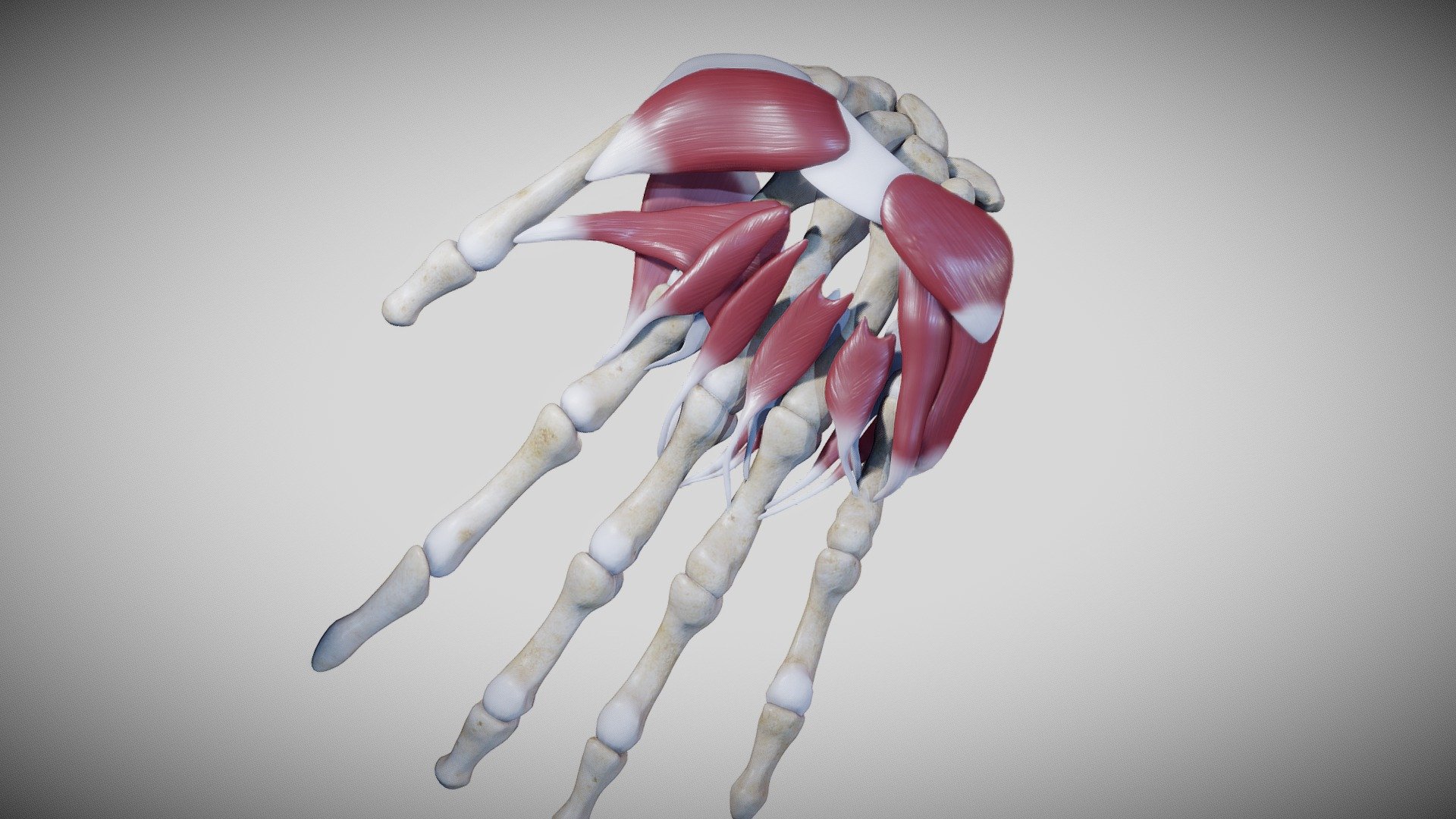Intrinsic muscles of the hand II Quiz Biology Diagrams This is a tutorial covering the intrinsic muscles of the hand using diagrams and 3d models to demonstrate origin, insertion and innervation of the muscles of the hand.

The muscles of the hand can be divided into extrinsic and intrinsic muscles

3D Models, Video Tutorials & Notes Biology Diagrams
The skeletal muscles of the hand are responsible for the movement of the hand and fingers.[1] These muscles subdivide into two groups: the extrinsic and intrinsic muscles.[2][3] The extrinsic muscle group is called so because the muscle belly originates in the forearm.[2][4] The intrinsic muscle groups consist of smaller muscles solely located within the various hand osseofascial compartments The muscles of the thenar and the hypothenar eminence along with the adductor compartment make up the intrinsic muscles of the hand. Their origin and insertion is within the carpal and metacarpal bones and are surrounded by ligaments, and fascia of the hand. The muscles that act on the hand can be divided into two groups: Extrinsic muscles - located in the anterior and posterior compartments of the forearm. They control crude movements and produce a forceful grip. Intrinsic muscles - located within the hand itself. They are responsible for the fine motor functions of the hand. In this article, we shall look at the anatomy of the intrinsic

There are 11 intrinsic muscles and 15 extrinsic muscles in each hand. Names of the Muscles of the Hand and Fingers With Basic Anatomy Intrinsic Muscles in the Hand These muscles originate from the hand's bones, ligaments, or fascia, also getting inserted within the hand area.
Muscles of the Hand Biology Diagrams
The hand serves as the origin and/or insertion for a vast number of muscles. The intrinsic muscles of the hand contain the origin and insertions within the carpal and metacarpal bones. The extrinsic muscles of the hand originate outside the hand, commonly the forearm, and insert into hand structures. A rule of thumb is that any muscle tendon that crosses a joint will act on that joint. For
